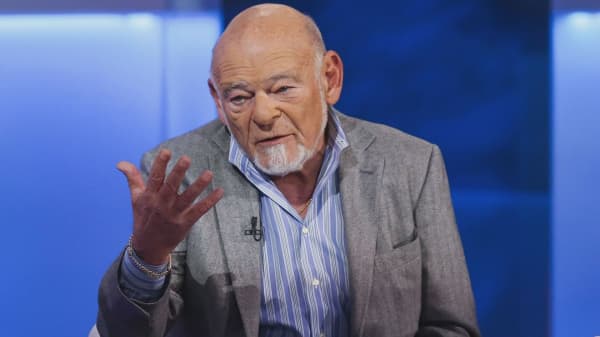While some health care experts have stated recently that the insurance market is "by and large" stable under Obamacare, troubles are clearly piling up.
In the weeks since mid-April alone, these new developments are cause for concern:
- Aetna announced that is will pull out of the Iowa health insurance exchanges in 2018 and the only statewide carrier left, Medica, has said that it can't continue as the lone statewide health plan without more government support.
- Aetna will also pull out of Virginia saying that it expects to lose $200 million this year in just the four states it is operating in.
- Virginia, one of the first states to report requested rate increases for 2018, said that the state's largest carrier, Anthem Blue Cross, has requested an average 2018 increase of 37.7 percent while CareFirst Blue Cross is requesting a 35 percent increase in Virginia.
- In Maryland, the dominant exchange insurer, CareFirst Blue Cross, said that it has lost an accumulated $600 million since it started selling Obamacare plans and is requesting an average 50 percent rate increase for 2018. This is on top of CareFirst's 2016 increase of 26 percent and 2017's increase of 25 percent. CareFirst is also requesting an average increase of 29 percent in the District of Columbia.
CareFirst CEO Chet Burrrell told the Washington Post, "What we're seeing is greater sickness levels. The pool of beneficiaries is becoming sicker, in part because healthier people are not coming in at the same level we hoped."
He went on to say that the factors he described will "lead to instability and to a spiral, and we think that we are in the beginning of that."
He added that these rate increases assume that the Trump administration will continue to make the cost sharing subsidy payments. If they do not, the rates would be 10 percent to 15 percent higher.
This is exactly what I have been hearing from my health plan contacts around the country.
A big factor in 2017 has been the impact this year's generally large rate increases have had on the unsubsidized market, that made up almost half of those buying Obamacare compliant policies in 2016.





